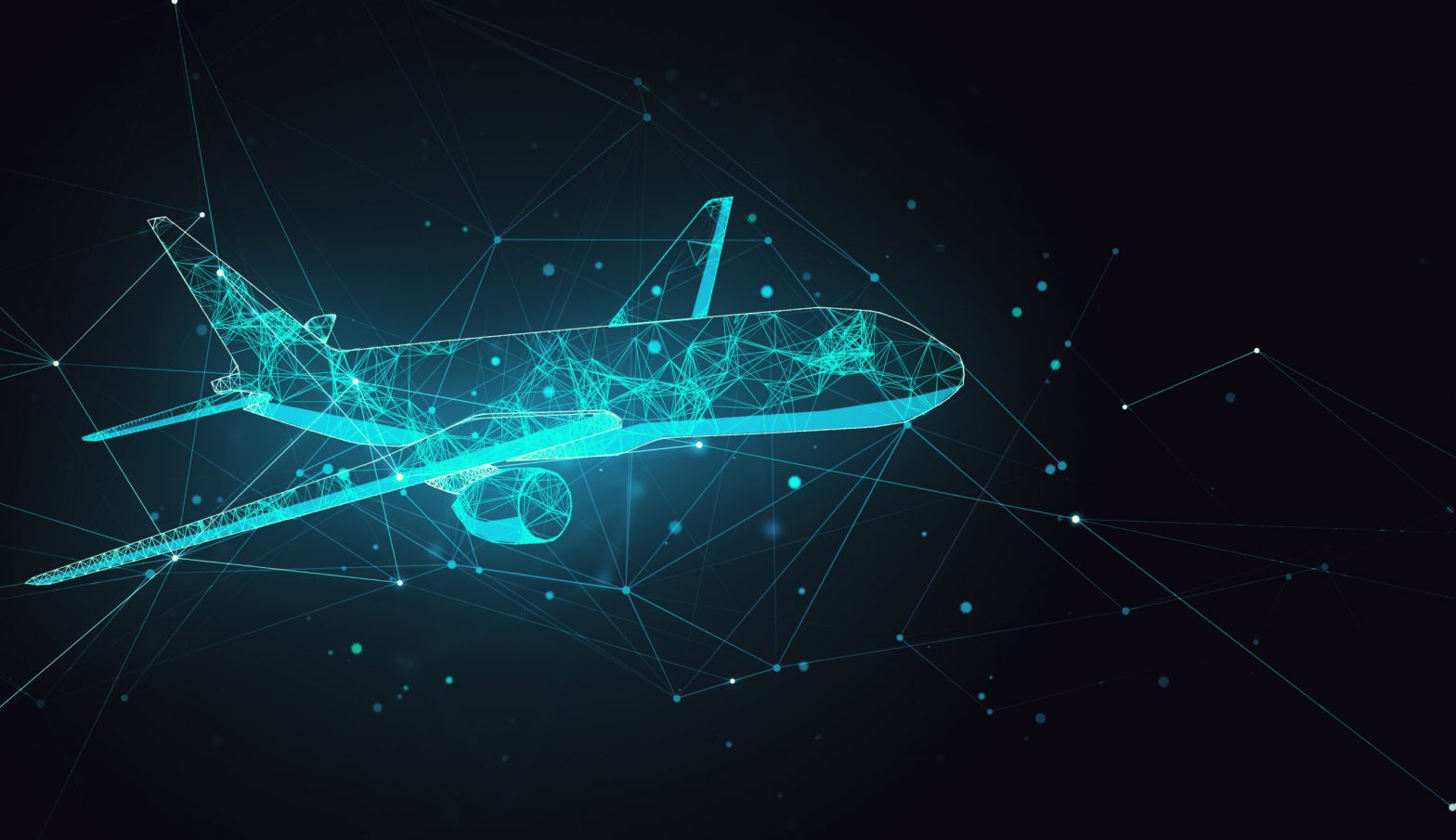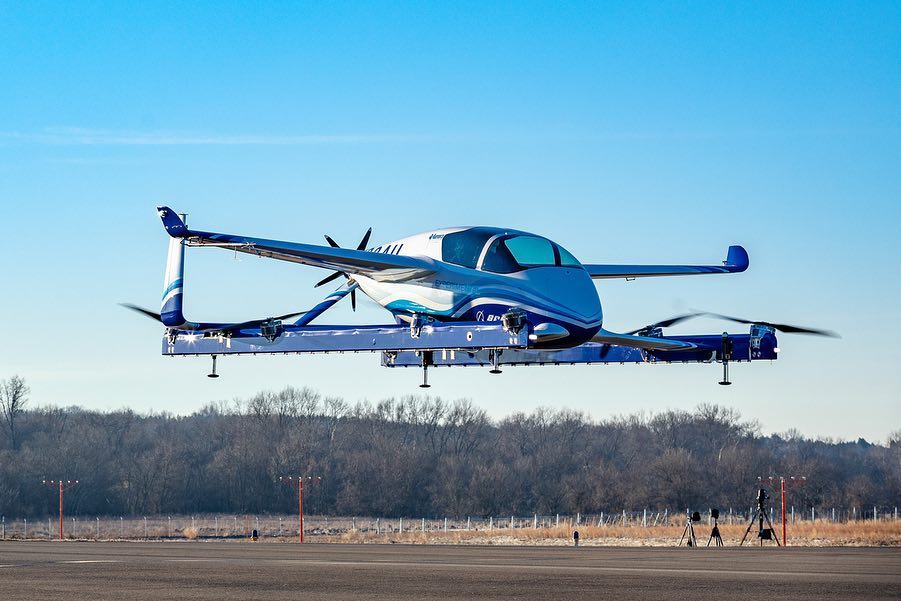The future of autonomous aircraft and aviation technology

Soaring into the Future: Autonomous Aircraft and the Transformation of Aviation
The skies are no longer the exclusive domain of human pilots. The future of aviation is taking flight, fueled by the transformative power of artificial intelligence and autonomous technology. While unmanned aerial vehicles (UAVs) have already carved a niche in various sectors, the next wave promises to revolutionize commercial air travel, cargo delivery, and even personal transportation.
Beyond Drones: The Rise of Autonomous Airliners
Imagine boarding a flight where the pilot is a complex algorithm, carefully navigating the skies while you relax and enjoy the journey. This vision, once confined to science fiction, is rapidly becoming a reality. Companies like Airbus, Boeing, and even startups are pouring resources into developing autonomous airliners capable of safely and efficiently transporting passengers and cargo.
The benefits of this technological leap are significant. Autonomous aircraft can:
- Enhance safety: By removing human error from the equation, autonomous systems can reduce the risk of accidents and improve overall safety.
- Increase efficiency: Optimized flight paths, automated fuel management, and advanced weather prediction capabilities can significantly improve fuel efficiency and reduce operating costs.
- Expand accessibility: Autonomous aircraft can operate in challenging conditions and remote locations, making air travel more accessible to underserved communities.
- Transform air cargo: Autonomous cargo planes can operate on demand, delivering goods faster and more efficiently, revolutionizing supply chains and e-commerce logistics.
Navigating the Challenges:
While the future of autonomous aircraft appears bright, there are significant challenges to overcome before widespread adoption.
- Regulation and legal frameworks: Developing clear and comprehensive regulations for autonomous aircraft, including liability and data privacy issues, is crucial for ensuring public trust and safety.
- Public acceptance: Addressing concerns about safety, security, and the potential job displacement of pilots requires open communication and effective public engagement.
- Technological advancements: Continuous research and development in areas like sensor technology, AI algorithms, and communication systems are needed to further refine and improve the capabilities of autonomous aircraft.
- Infrastructure adaptation: Existing air traffic control systems and airport infrastructure need to adapt to accommodate the increasing number of autonomous aircraft in the skies.
The Future is Autonomous:
Despite these challenges, the future of autonomous aircraft is undeniable. This technology holds the potential to reshape the aviation landscape, making air travel safer, more efficient, and accessible to a broader population. As the industry continues to push the boundaries of innovation, we can expect to witness the emergence of a new era of air travel, powered by the collective intelligence of machines and humans working in harmony.
This is not just a technological revolution; it’s a transformation of how we perceive the skies and our place within them. The future is autonomous, and it’s already taking flight.

